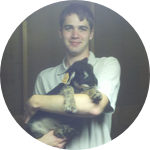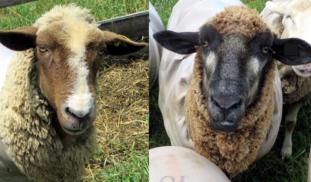Please wait...
About This Project
Sheep come in a variety of different patterns and colors, with black or white individuals being the most common. Brown is another rarer option, often called Moorit. There are no genetic tests currently available for shepherds to identify moorit carriers. Our project aims to identify the genetic variants responsible for moorit in sheep using a candidate gene sequencing approach. Discovering the genetic basis for moorit will allow shepherds to make more informed breeding decisions in their flocks.
More Lab Notes From This Project

Browse Other Projects on Experiment
Related Projects
How do polar bears stay healthy on the world's worst diet?
Polar bears survive almost entirely on seal fat. Yet unlike humans who eat high-fat diets, polar bears never...
Uncovering hidden insect diversity associated with a likely undescribed gall-forming midge
Does a likely undescribed species of gall-forming midge (pers. comm. Ray Gagné) on Eriodictyon plants (Yerba...
Macrofungi of the California archipelago
The eight islands of the California Archipelago are a well-studied biodiversity hotspot — but we know almost...





